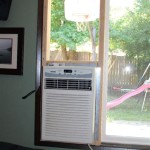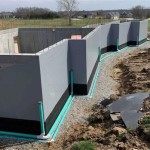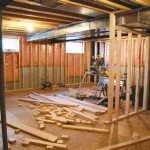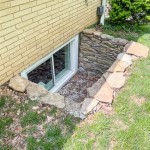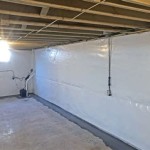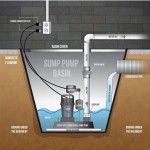Best Humidity Level For A Basement
The ideal humidity level for a basement can vary depending on several factors, including the climate, the type of flooring, and the presence of moisture sources. However, generally speaking, a relative humidity level between 30% and 50% is considered optimal for basements.
Why is Humidity Control Important in Basements?
Controlling humidity in basements is essential for several reasons:
- Preventing Mold and Mildew: High humidity levels create a favorable environment for mold and mildew growth, which can damage belongings, cause health problems, and lead to structural issues.
- Protecting Building Materials: Excessive moisture can damage wood, drywall, and other building materials, leading to costly repairs.
- Improving Comfort: A humid basement can feel uncomfortable and stuffy, making it an unpleasant space to spend time in.
- Protecting Stored Items: Humidity can damage stored items, such as books, electronics, and clothing.
How to Measure Humidity in a Basement
To determine the humidity level in your basement, use a hygrometer. Place the hygrometer in a central location, away from moisture sources and direct sunlight.
Methods for Controlling Humidity in Basements
There are several methods to control humidity in basements:
- Dehumidifiers: Dehumidifiers remove excess moisture from the air, effectively lowering humidity levels.
- Ventilating: Opening windows or installing fans can help ventilate the basement and remove moisture.
- Sealing Leaks: Sealing any leaks in the basement walls or floor can prevent moisture from entering.
- Installing Vapor Barriers: Vapor barriers, such as plastic sheeting, can prevent moisture vapor from migrating into the basement.
- Using Air Conditioners: Air conditioners can help lower humidity levels, but they should not be relied upon solely for this purpose.
Optimal Humidity Level for Different Basement Floors
The optimal humidity level for a basement can also vary depending on the type of flooring:
- Concrete Floors: Concrete floors can tolerate higher humidity levels, up to 60%.
- Wood Floors: Wood floors are more susceptible to moisture damage and should be kept at a humidity level between 35% and 45%.
- Carpet Floors: Carpet flooring can absorb moisture, so the humidity level should be kept between 40% and 50%.
Monitoring Humidity Levels
Once you have implemented humidity control measures, it's important to monitor humidity levels regularly. Use a hygrometer to check the humidity periodically and adjust your control methods as needed.
Maintaining the optimal humidity level in your basement is crucial for preventing moisture-related issues, protecting building materials, and ensuring a comfortable and healthy indoor environment.

How To Achieve An Ideal Basement Humidity Of 30 50

How To Achieve An Ideal Basement Humidity Of 30 50

How To Achieve An Ideal Basement Humidity Of 30 50

What Is The Ideal Basement Humidity Level Epp Foundation Repair

Dehumidifier Setting Chart What Should Be Set At

5 Effective Tips To Reduce Humidity In Your Basement News And Events For Thrasher Foundation Repair

Relative Humidity Chart For Ideal In The House

What Should Humidity Be In A Crawl Space Nia

How To Lower Your Basement S Humidity Level

How To Achieve An Ideal Basement Humidity Of 30 50
See Also

